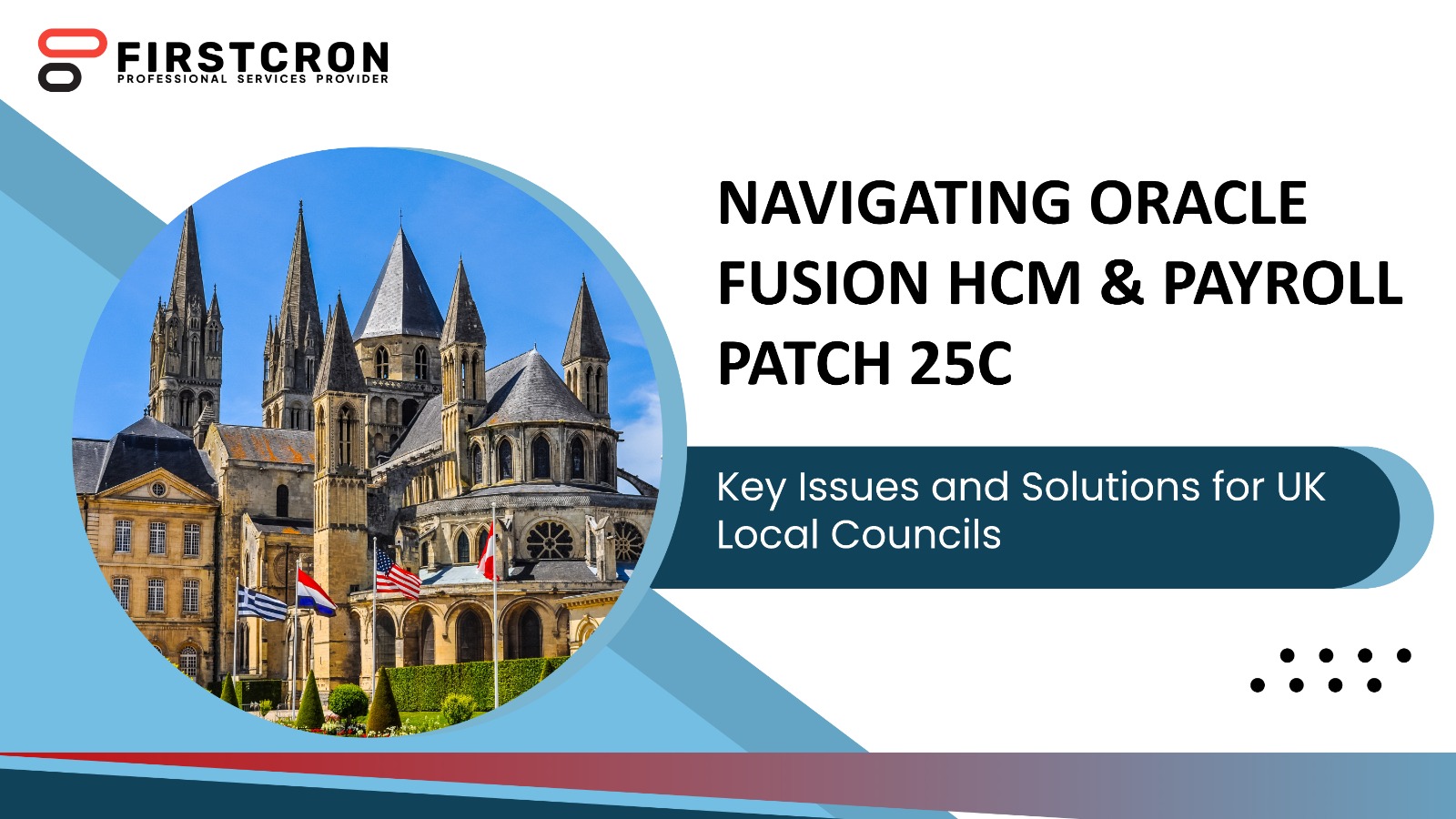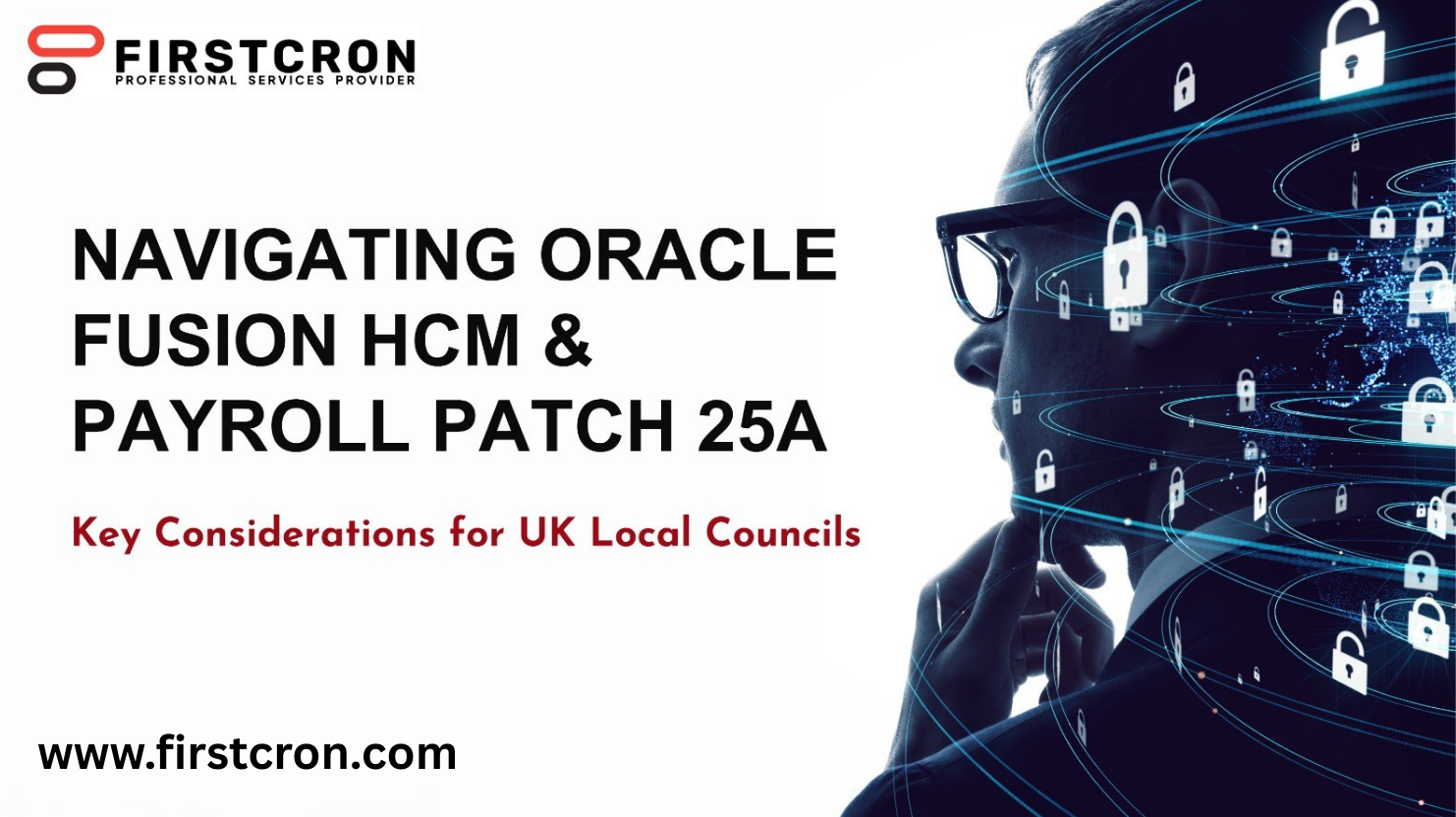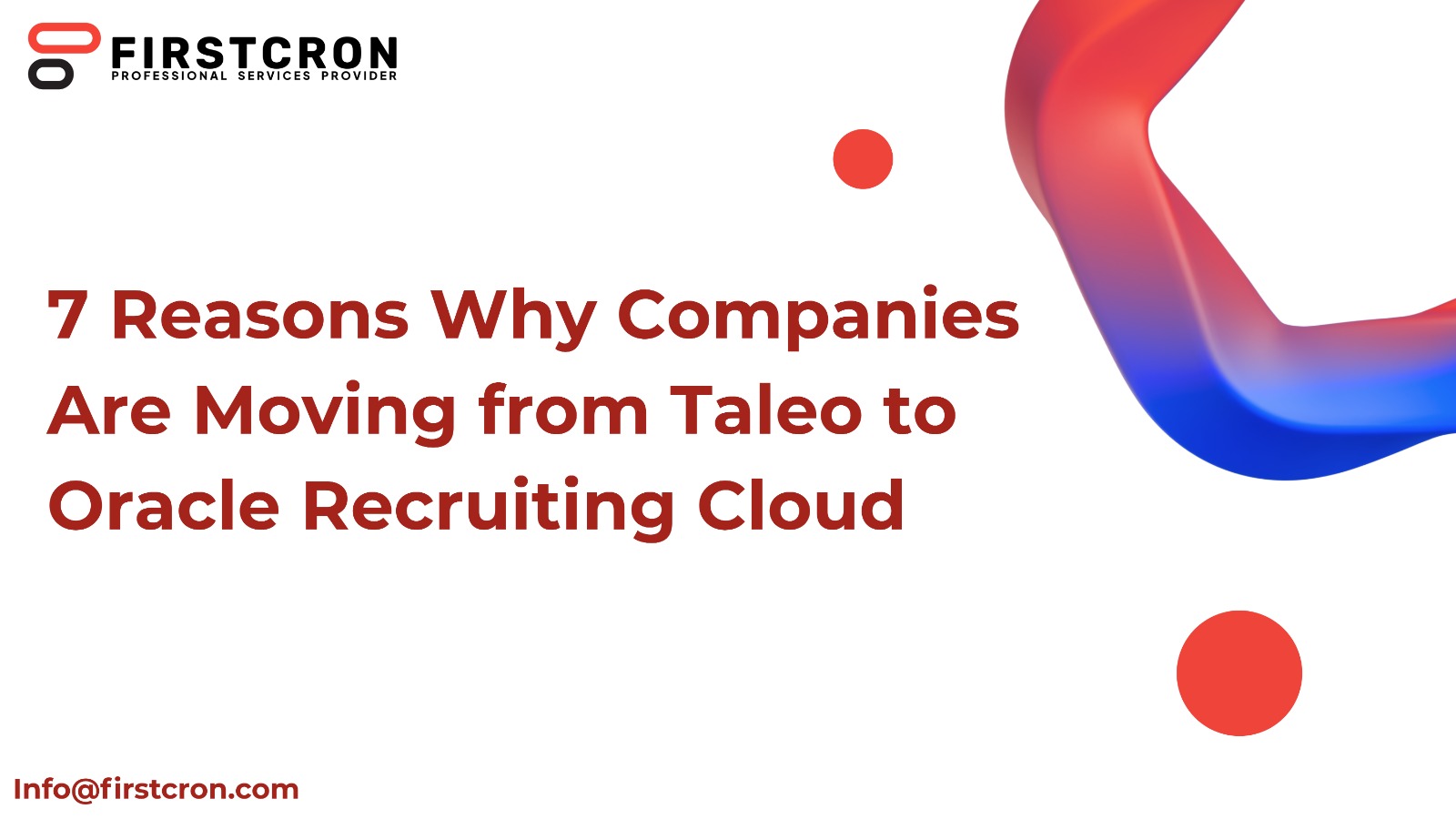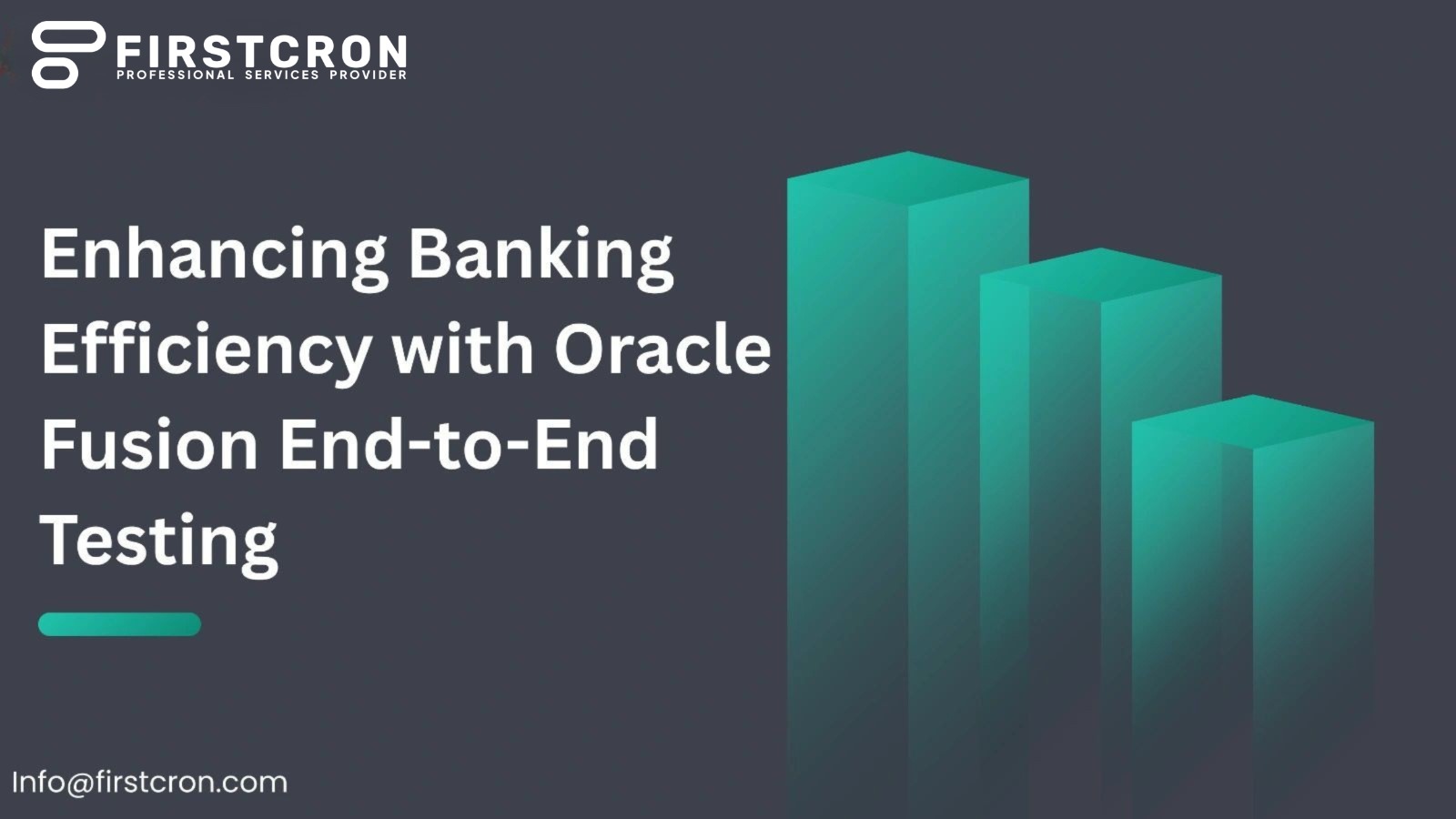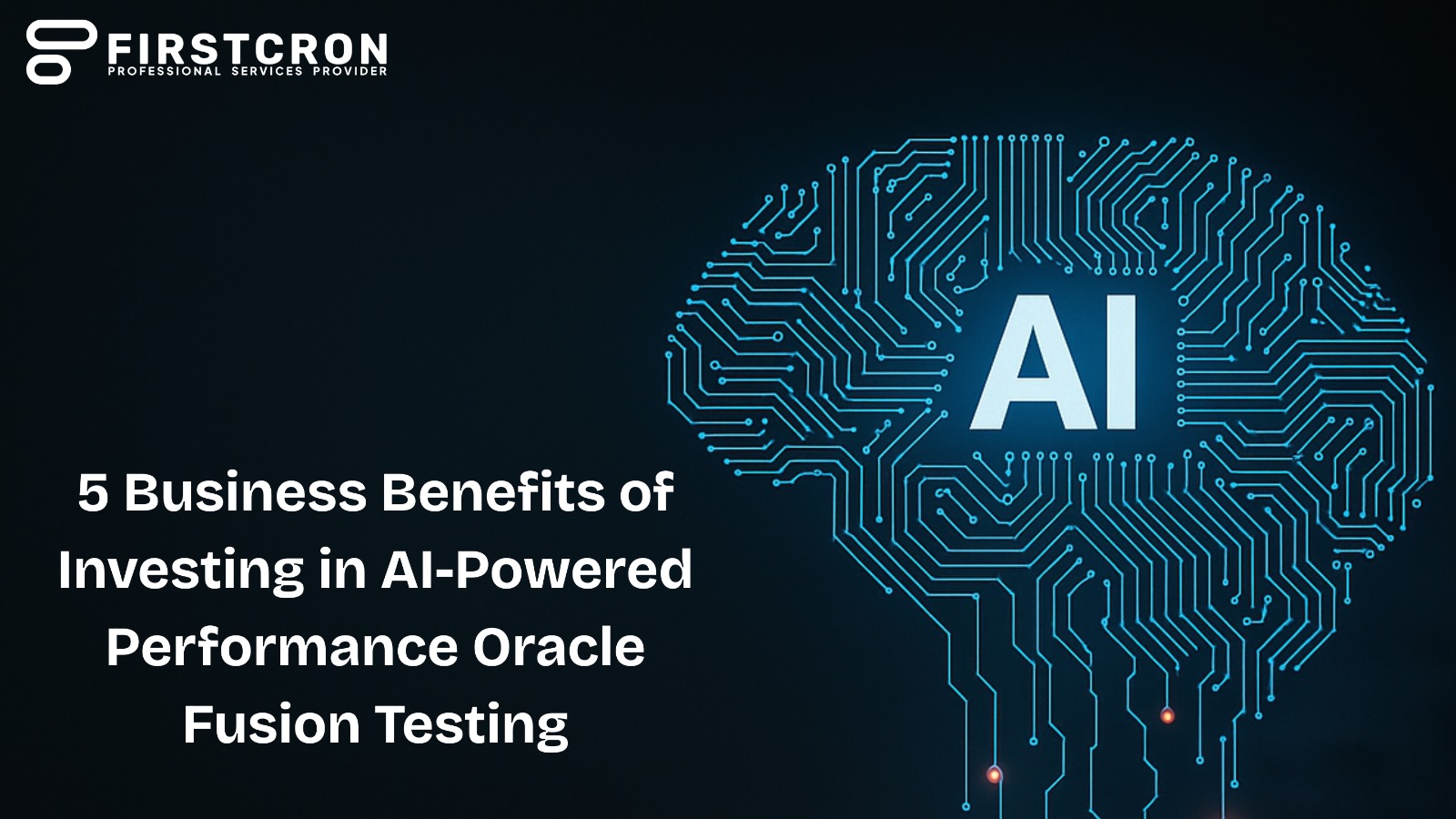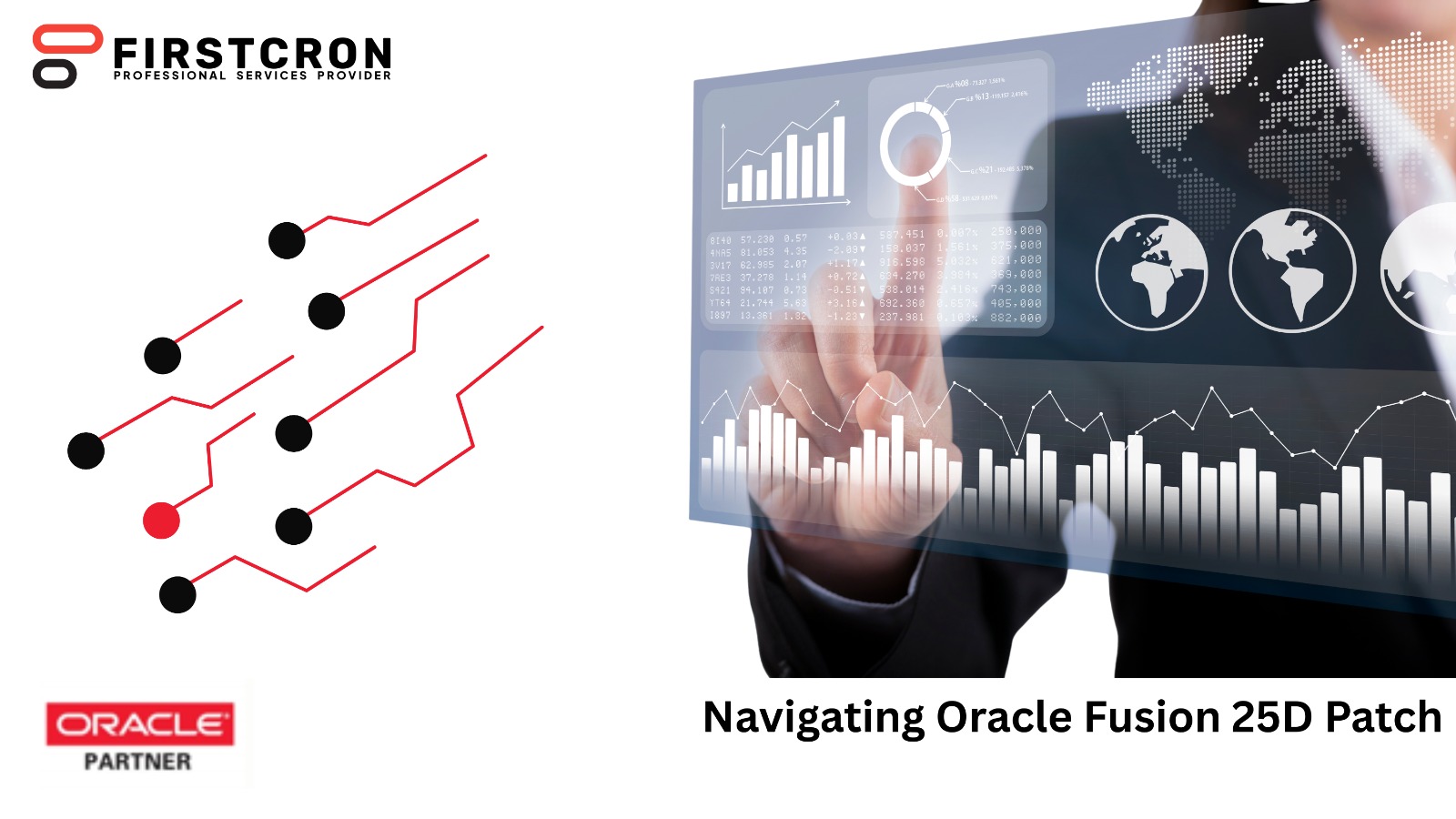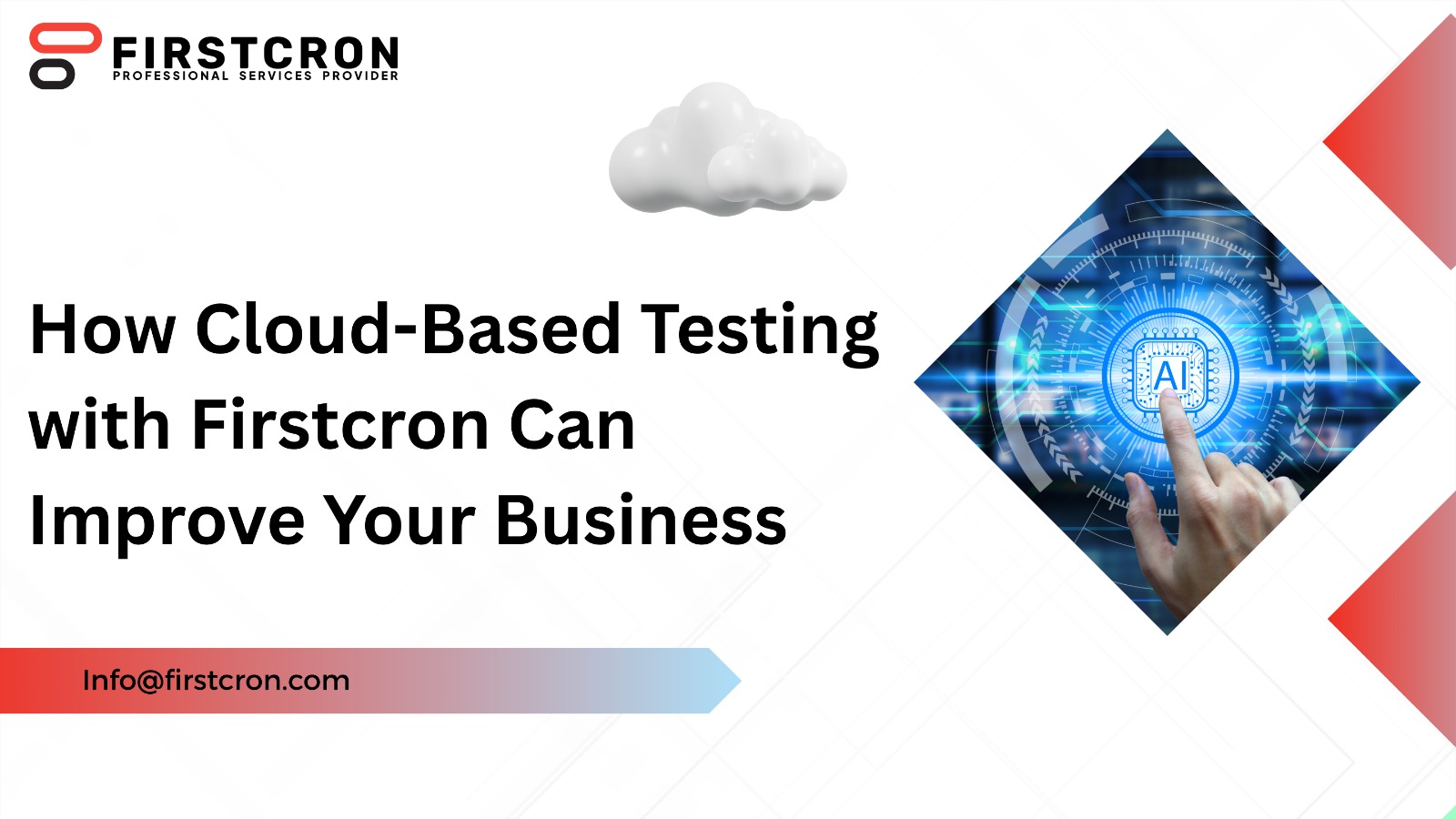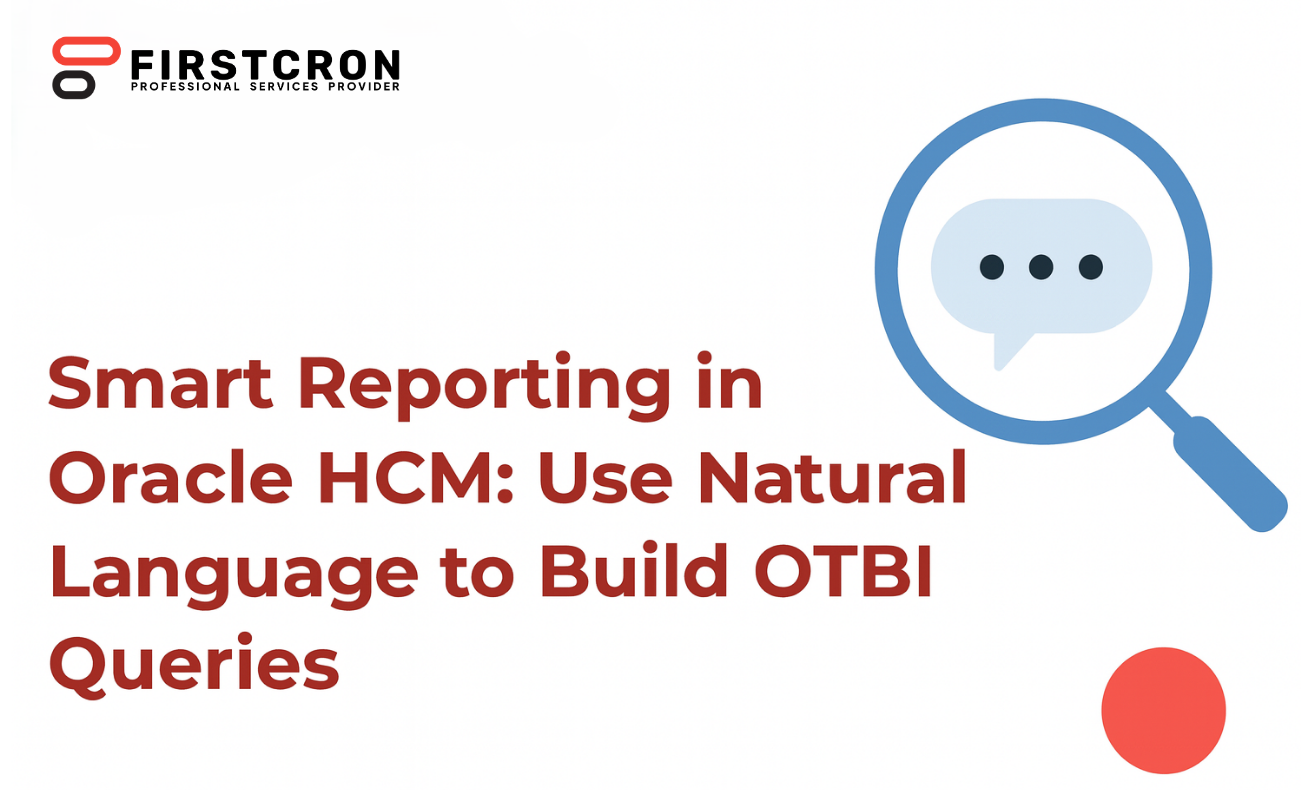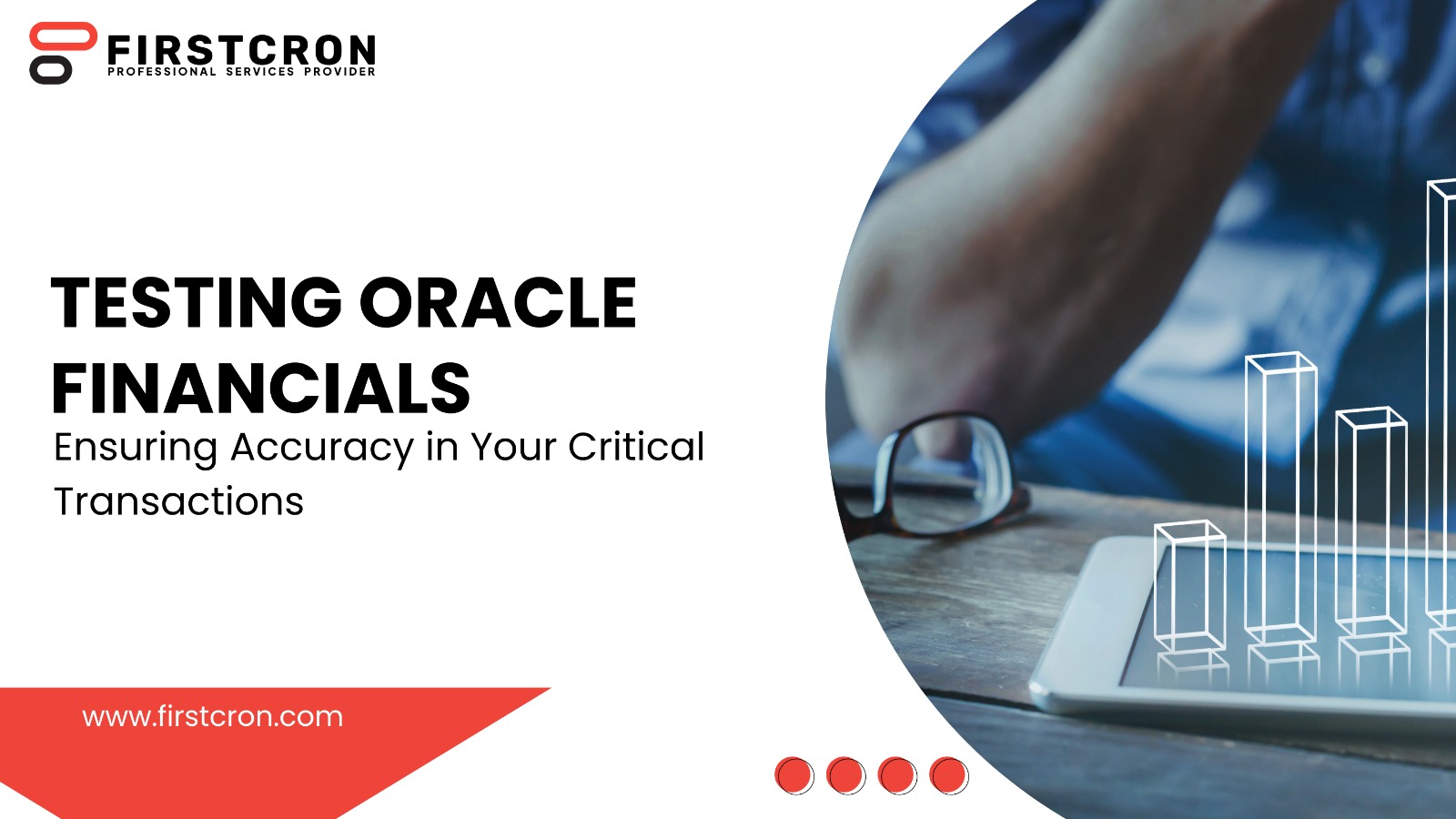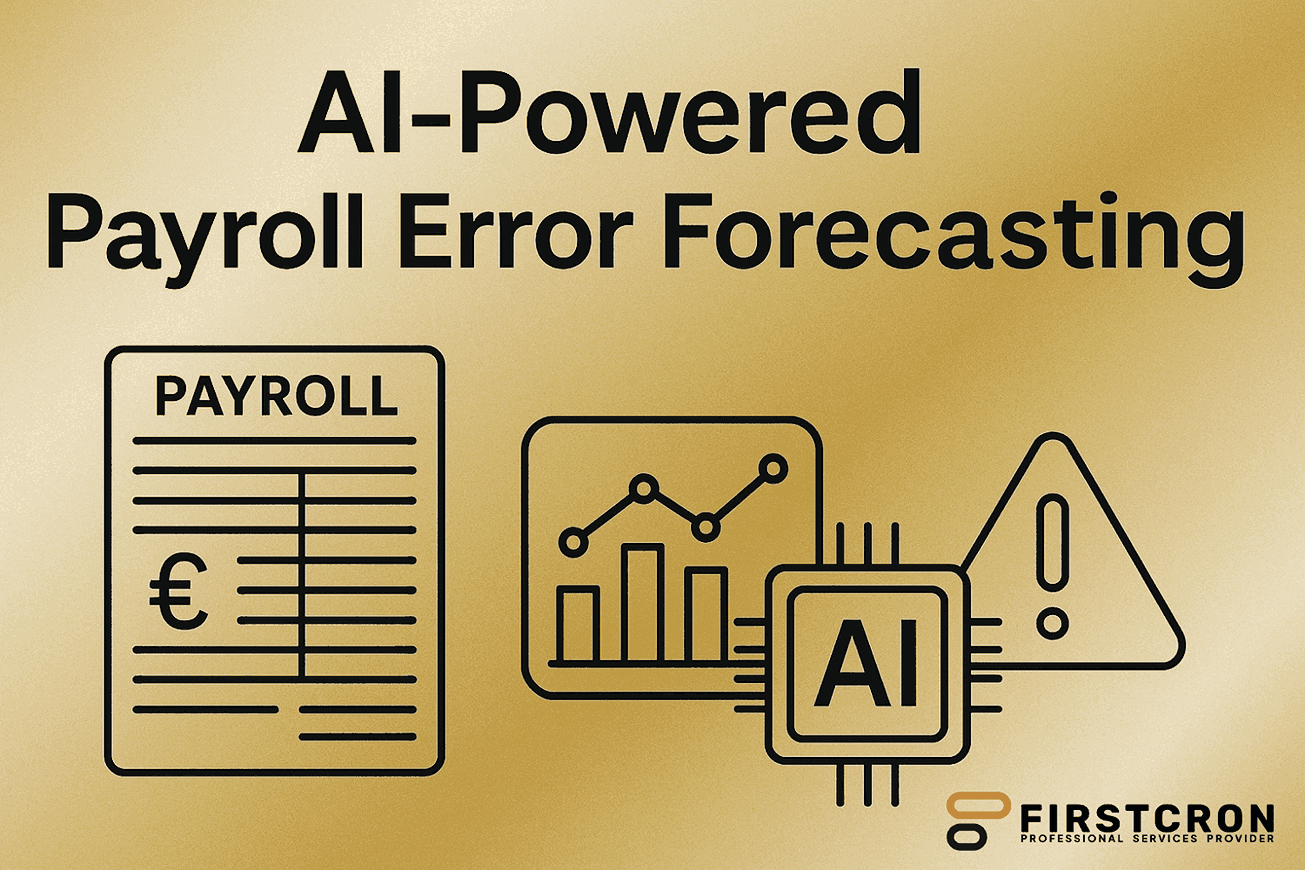
Payroll is one of the most fundamental processes in any organization. Employees depend on timely, accurate payment not only for their livelihood but also as a reflection of how much the organization values them. For local councils, large enterprises, and public institutions, payroll management carries even greater weight because mistakes ripple across entire communities. Errors in payroll are not only financial miscalculations; they damage trust, affect morale, and lead to costly administrative rework. Traditional payroll systems often struggle to anticipate issues, leaving HR and finance teams scrambling to fix mistakes after they have already occurred. The rise of large language models (LLMs) introduces a new paradigm: AI-powered payroll error forecasting, where potential issues are predicted before they occur, enabling prevention rather than correction.
In this blog we’ll cover
- The Cost Of Payroll Errors
- Moving From Reactive Correction To Proactive Prevention
- How LLMs Enable Predictive Payroll
- Enhancing Accuracy And Efficiency In Payroll Operations
- The Cultural Impact Of Predictive Payroll
- Addressing Challenges In AI-Driven Payroll
- Future Possibilities In Payroll Error Forecasting
- Case For Adoption In Local Councils And Enterprises
- Conclusion: Building Trust Through Predictive Payroll
The Cost Of Payroll Errors
Payroll errors carry costs far beyond the financial realm. Incorrect payments, delayed salaries, or miscalculated deductions immediately disrupt employee confidence. In sectors like local government, where employees range from teachers and healthcare staff to administrative clerks, even minor errors can affect thousands of individuals at once. The administrative cost of correcting these mistakes consumes HR resources, delays other strategic initiatives, and sometimes leads to penalties or disputes. The reputational cost is equally severe; trust once lost is hard to rebuild. Predicting and preventing payroll errors before they surface has become not only a technological aspiration but also a necessity for organizations striving for resilience and accountability.
Moving From Reactive Correction To Proactive Prevention
Historically, payroll systems have been designed to process data with precision but often lacked predictive intelligence. When errors arose, the system flagged them only after payroll had been processed, forcing teams into reactive correction. LLMs change this equation by enabling systems to forecast potential issues before they manifest. By analyzing historical payroll runs, employee records, policy updates, and error patterns, AI can identify conditions that are likely to result in mistakes. For example, an upcoming policy change around taxation or pension contribution may create a risk of miscalculation, which the AI can highlight weeks in advance. This allows HR and finance teams to act proactively, adjusting workflows and validating data before the payroll cycle even begins.
How LLMs Enable Predictive Payroll
Large language models are designed to understand patterns in complex datasets and translate them into meaningful insights. In payroll forecasting, LLMs ingest historical run data, error logs, policy documentation, and employee demographics. They learn the contexts in which errors are most likely to occur, such as during bulk hiring seasons, in departments with high overtime claims, or following government policy updates. With this knowledge, LLMs can simulate upcoming payroll runs and flag scenarios where issues may arise. Unlike traditional rule-based payroll systems, which rely on static validation, LLMs continuously learn from new data, adapting to changing regulations and organizational dynamics. This ability to evolve makes them uniquely suited to the unpredictable landscape of payroll management.
Enhancing Accuracy And Efficiency In Payroll Operations
The integration of AI forecasting into payroll operations enhances both accuracy and efficiency. Accuracy improves because potential errors are identified and corrected before payroll is executed, significantly reducing the likelihood of employee dissatisfaction. Efficiency improves because HR and payroll teams spend less time on manual checks and post-error corrections, freeing them to focus on more strategic initiatives. For councils and large institutions, where payroll cycles cover thousands of employees, this efficiency translates into substantial time and cost savings. Moreover, predictive systems provide confidence to leadership, demonstrating that payroll operations are resilient, forward-looking, and aligned with the principles of fairness and accountability.
The Cultural Impact Of Predictive Payroll
Introducing predictive payroll error forecasting has cultural as well as operational implications. Employees see payroll as one of the most visible representations of organizational competence. When payroll is managed flawlessly, it creates a sense of trust and security. Conversely, repeated errors suggest neglect and undermine morale. By deploying AI systems that forecast and prevent payroll errors, organizations send a clear message: employee wellbeing and financial accuracy are priorities. This fosters a culture of transparency, where technology is leveraged not to replace human oversight but to support and safeguard employees. The result is a workforce that feels more secure and respected.
Addressing Challenges In AI-Driven Payroll
The promise of AI-powered payroll forecasting must be balanced against its challenges. Data privacy is paramount because payroll involves sensitive personal and financial information. Organizations must ensure that AI systems comply with strict data governance frameworks and regulations like GDPR. Another challenge is interpretability. While LLMs can predict potential issues, HR and finance professionals must understand the rationale behind those predictions to take corrective action. Explainable AI is therefore essential, allowing teams to trace the reasoning behind forecasts. Finally, organizations must manage the change process carefully. Introducing AI into payroll can create concerns among staff about automation, so it is important to position these tools as supportive, not as replacements for human expertise.
Future Possibilities In Payroll Error Forecasting
The future of AI in payroll forecasting points toward greater integration and intelligence. Advanced systems may not only predict errors but also recommend or even implement corrective actions automatically. For example, if overtime claims in a department appear inconsistent, AI might suggest reviewing approval processes or trigger an automated audit before the payroll run. Future systems may also integrate external data sources, such as tax authority updates or labor law changes, to anticipate compliance risks in real time. Over time, AI-driven payroll forecasting could evolve into a fully autonomous ecosystem, where payroll errors become a rarity rather than a recurring issue. This vision represents a fundamental shift from payroll as a routine transaction to payroll as a strategic enabler of trust and organizational excellence.
Case For Adoption In Local Councils And Enterprises
For local councils, AI-powered payroll error forecasting is particularly relevant. Councils often manage complex payroll structures, with diverse roles, union agreements, and regulatory requirements. Predictive systems can ease the burden on HR teams by simplifying compliance, reducing disputes, and ensuring consistent payment accuracy across different workforce segments. For enterprises, especially those operating across multiple geographies, AI offers the ability to harmonize payroll systems, adapt to local regulations, and scale processes without increasing the risk of errors. Adoption is not only about operational efficiency but also about demonstrating accountability to employees and stakeholders.
Conclusion: Building Trust Through Predictive Payroll
AI-powered payroll error forecasting represents more than just a technological advancement—it is a strategic transformation in how organizations handle one of their most critical processes. By moving from reactive correction to proactive prevention, LLMs empower HR and payroll teams to anticipate issues, safeguard employee trust, and streamline operations. The result is fewer errors, reduced rework, and a workforce that feels valued through consistent accuracy. While challenges around privacy and governance must be carefully managed, the benefits of predictive payroll are compelling. For councils, enterprises, and institutions alike, embracing AI in payroll management is a step toward building a culture of trust, accountability, and operational excellence.
Organizations that begin this journey today position themselves ahead of the curve, demonstrating not only technological innovation but also a commitment to the wellbeing and confidence of their employees. The payroll of the future will not simply be a back-office function—it will be a strategic enabler of organizational success, powered by the foresight of AI. To explore more about how predictive payroll solutions can transform your operations, visit firstcron.com.
Tags
Related Post
Navigating Oracle Fusion HCM & Payroll Patch 25C: Key Issues And Solutions For UK Local Councils
July 26th, 2025 10 min read
Navigating Oracle Fusion HCM & Payroll Patch 25A: Key Considerations For UK Local Councils
July 27th, 2025 10 min read
7 Proven Oracle Fusion Testing Principles To Guarantee Defect-Free Cloud Deployments
May 16th, 2025 15 min read
7 Reasons Why Companies Are Moving From Taleo To Oracle Recruiting Cloud
June 2nd, 2025 14 min read
How End-to-End Testing Of Oracle Fusion Enhances Operational Efficiency In Banking
May 23rd, 2025 11 min read
5 Business Benefits Of Investing In AI-Powered Performance Oracle Fusion Testing
May 5th, 2025 11 min read
WEEKEND READS
Navigating Oracle Fusion HCM & Payroll Patch 25C: Key Issues And Solutions For UK Local Councils
July 26th, 2025 10 min read
Navigating Oracle Fusion HCM & Payroll Patch 25A: Key Considerations For UK Local Councils
July 27th, 2025 10 min read
7 Proven Oracle Fusion Testing Principles To Guarantee Defect-Free Cloud Deployments
May 16th, 2025 15 min read
How End-to-End Testing Of Oracle Fusion Enhances Operational Efficiency In Banking
May 23rd, 2025 11 min read
Driving Compliance And Security With Smart Testing In Oracle Fusion
June 5th, 2025 9 min read
Future Proofing Enterprise Testing: The Role Of AI Driven Automation In Oracle Fusion
June 26th, 2025 7 min read
How Cloud-Based Testing With Firstcron Can Improve Your Business
June 9th, 2025 12 min read
Smart Reporting In Oracle HCM: Use Natural Language To Build OTBI Queries
August 17th, 2025 20 min read
Testing Oracle Financials: Ensuring Accuracy In Your Critical Transactions
June 19th, 2025 8 min read






